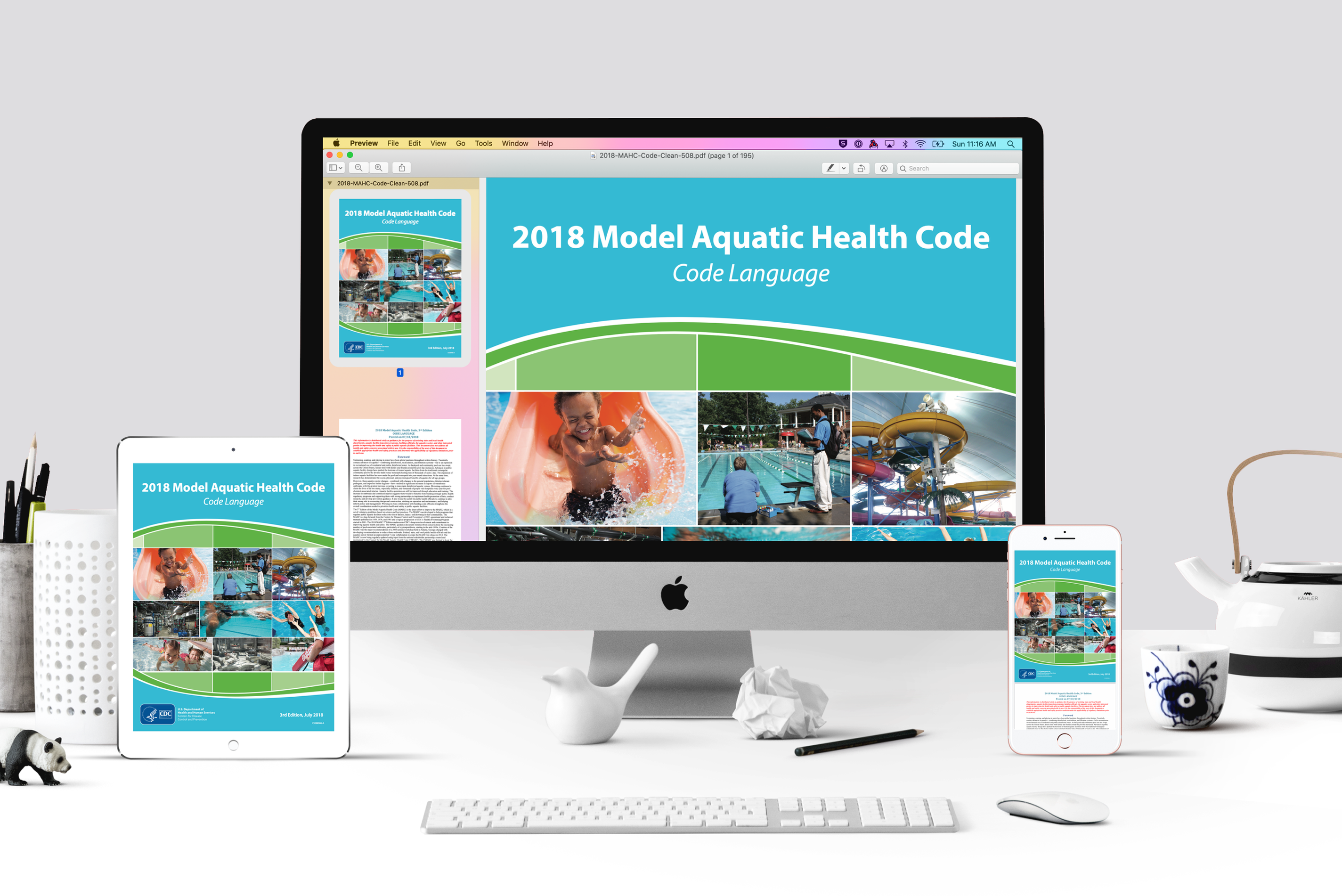Code
Diarrheal-stool contaminated water shall:
1) Check the FREE CHLORINE RESIDUAL and then raise the FREE CHLORINE RESIDUAL to 20.0 mg/L and maintain for at least 12.75 hours (or an equivalent time and concentration to reach the CT VALUE) before reopening the AQUATIC VENUE, or
2) Circulate the water through a SECONDARY DISINFECTION SYSTEM to theoretically reduce the number of Cryptosporidium OOCYSTS in the AQUATIC VENUE below one OOCYST/100 mL as outlined in MAHC Section 4.7.3.3.2.4.
Annex
For diarrheal-stool contamination, inactivation times are based on Cryptosporidium inactivation times. The CT VALUE for Cryptosporidium is 15,300. If a different CHLORINE concentration or inactivation time is used, an operator must ensure that the CT VALUES remain the same.
For example, to determine the length of time needed to disinfect a POOL at 20 mg/L after a diarrheal accident, use the following formula: C x T = 15,300.
Solve for time: T= 15,300 ÷ 20 mg/L = 12.75 hours.
Therefore, it would take 12.75 hours to inactivate Cryptosporidium at 20 mg/L. See table below:
Table 6.5.3.2: Cryptosporidium Inactivation Time for Diarrheal Contamination
Chlorine Levels (mg/l)
Disinfection Time
1.0
15,300 minutes (255 hours)
10.0
1,530 minutes (25.5 hours)
20.0
765 minutes (12.75 hours)
The CT3log used is for a 3-log inactivation to achieve a decrease in the concentration of oocysts below one infectious dose per volume of water swallowed (1 oocyst/100 mL). Similar to the assumptions made for secondary disinfection (See MAHC Section 4.7.3.3.2.5), this calculation assumes a single contamination event (e.g. diarrheal incident) of ~100 mL could introduce 108 Cryptosporidium OOCYSTS into the water,. This allows for a safety factor to include smaller volume venues and still achieve the required concentration. An additional safety factor not included is the impact of the filtration system since filter oocyst removal efficacy varies widely. This may be more quantifiable in the future so that it could be included in the calculation. Volume calculations indicate that small volume AQUATIC VENUES like splash pads should be able to achieve this goal by using the CT VALUE cited:
108 oocysts / 10,000 gallons =
108 oocysts / (10,000 gallons X 3785.4 mL/gallon) =
2.64 OOCYSTS/mL = 264 OOCYSTS / 100 mL
With the 3-log inactivation, this volume will contain 0.264 OOCYSTS per 100 mL which is below the required one OOCYST/100 mL and larger volume facilities will exceed this requirement.
